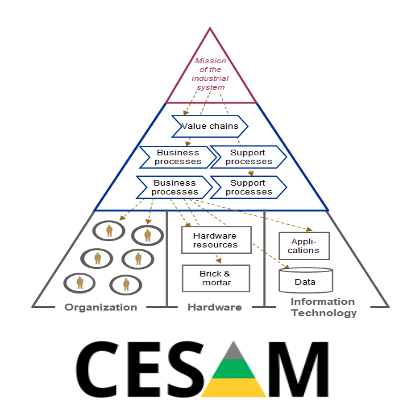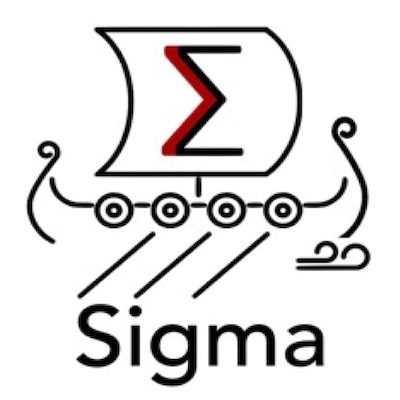Our technology
We provide a systemic digital twin solution for optimizing complex business operations: WorldLab™
Our WorldLab™ flagship solution makes it possible to cope with the evolution of complex industrial systems such as manufacturing systems, supply chains or industrial infrastructures
Solutions for optimizing industrial operations
Our WorldLab™ solution makes it possible to optimally manage the evolution of complex industrial systems such as manufacturing systems, supply chains or industrial infrastructures, which manage heterogeneous flows that can have a stochastic nature, by optimizing their design, operation, maintenance and planning.
A 3-Step Process
The construction of a systemic digital twin of a complex industrial system follows a standard 3-step methodology linking the model-based systems engineering (MBSE) approach to simulation.

01
Designing the systemic digital twin

The first step for constructing a systemic digital twin for an industrial system is a model-based systems engineering (MBSE) activity, based on the CESAM methodology. It consists in clarifying the business problem to solve, identifying the exact scope to be covered by a systemic digital twin within the industrial system of interest and constructing a functional model of the target industrial system.
➤ The method used by the enterprise architects to model the system of interest is the CESAM model-based systems engineering (MBSE) methodology.
➤ The deliverable is a MBSE system model of the considered industrial system.
02
Developing the systemic digital twin

The second step consists then in generating a systemic digital twin of an industrial system, based on a Σ™ model, obtained from the initial MBSE model constructed in the first step. One has here to specify the relevant business variables & data, to develop the Σ™ model of the industrial system of interest and to specify the end-user graphic interfaces with focus on the decision-support dashboards.
➤ The product used by the model developers to code in Σ™ language is the WorldLab™ Wizard module of the WorldLab™ Workshop.
➤ The deliverable is a systemic digital twin for the considered industrial system.
03
Using the systemic digital twin

The third & last step of our process focuses finally on the use of the systemic digital twin. It consists in creating & simulating evolution scenarios for the industrial system, executing the corresponding simulations and analyzing their results in order to manage continuous business improvements of the considered industrial system and to prove the business value of the systemic digital twin.
➤ The product used by the business users to simulate their business scenarios is the WorldLab™ Player module of the WorldLab™ Workshop.
➤ The deliverable is a set of key performance indicators for different evolution scenarios of the considered industrial system.
Key differentiators
01
Automatic generation of the systemic digital twin of an industrial system
based on a formal specification language Σ™ facilitating evolutive maintenance.
02
Native integration of the stochastic behaviors of an industrial system
using the stochastic modelling and simulation features of WorldLab™.
03
Managing the deformation of an industrial system over time
the structure and/or behavior of the system of interest may evolve during a simulation.
Get your copy of our white paper: Manage the Systemic Digital Twin of an industrial Enterprise with WorldLab™ and Σ™
Using a systemic digital twin consists in creating & simulating evolution scenarios for an industrial system, executing the corresponding step-by-step and stochastic simulations and analyzing & optimizing their results, in order to manage continuous business improvements. The core deliverable of a systemic digital twin is indeed a set of key performance business indicators for various evolution scenarios, integrating volume & time hazards, of the considered industrial system, on which strategic or operational business decisions can be taken in the most relevant way. This paper intends to present – through an example – our approach to behavorial digital twins which integrate all core features that we just sketched here above.
